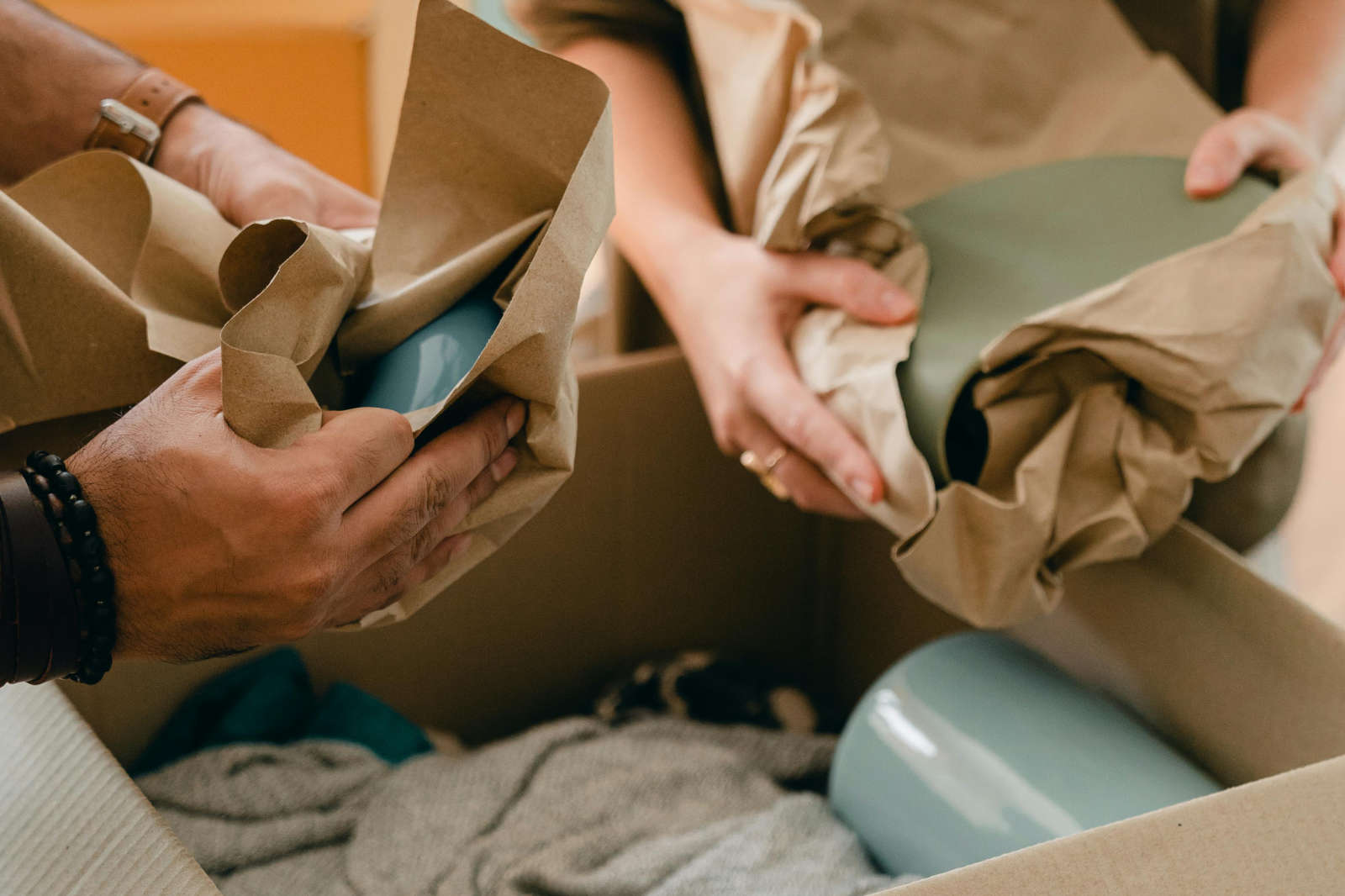How to Safely Pack Fragile Items in Removal Boxes
Packing up your home can be a daunting task, especially when it comes to fragile items. Glassware, electronics, and artwork require special care to ensure they arrive at your new home intact. With the right materials and techniques, you can minimise the risk of damage during your move. Here’s a detailed guide on how to safely pack your delicate belongings.
Materials You’ll Need
Before you start packing, gather all the necessary materials. These include:
– Tissue Paper: Ideal for wrapping delicate items.
– Packing Paper:Provides a protective layer for wrapping and cushioning.
– Large and Small Bubble Wrap: Essential for wrapping fragile items and adding extra protection.
– Removal Blankets: Useful for covering large, delicate items.
– Furniture Covers: Protects furniture from scratches and damage.
– Mattress Protectors: Keeps your mattresses clean and safe during the move.
– Sturdy Removal Boxes: Choose boxes of various sizes to fit different items.
– Tape and Scissors: For sealing and securing your boxes.
– Markers: For labelling your boxes.
You can find high-quality packing materials at Removal Boxes
Packing Glassware
1. Wrap Each Item Individually: Use tissue paper or small bubble wrap to wrap each piece of glassware. Start by stuffing the inside of the item with tissue paper, then wrap the outside securely.
2. Use Dividers: If possible, use dividers in your boxes to separate individual items. This prevents them from knocking into each other during transit.
3. Layer the Bottom of the Box: Place a layer of packing paper or large bubble wrap at the bottom of the box to create a cushioning base.
4. Pack Upright: Place glassware upright in the box, similar to how it would sit on a shelf. This position is generally more stable and less prone to breakage.
5. Fill Gaps: Use packing paper or bubble wrap to fill any gaps in the box. This prevents movement and reduces the risk of damage.
6. Label Clearly: Mark the box as “Fragile” and indicate which way is up.
Packing Electronics
1. Use Original Packaging: If you still have the original boxes and packaging materials for your electronics, use them. These are specifically designed to protect the item.
2. Wrap Cables Separately: Detach all cables and accessories, and wrap them individually. Label each cable to make reassembly easier.
3. Protect Screens: For items with screens, such as TVs and monitors, use furniture covers or bubble wrap. You can also place a piece of cardboard over the screen for extra protection.
4. Use Bubble Wrap: Wrap the electronic device in large bubble wrap, ensuring all parts are covered. Secure with tape.
5. Add Cushioning: Line the bottom of the box with packing paper or removal blankets, place the item inside, and fill any remaining space with more cushioning material.
6. Label and Indicate Orientation: Clearly label the box with the contents and indicate which side should be kept up.
Packing Artwork
1. Wrap in Tissue Paper: Wrap your artwork in tissue paper to prevent scratches. Secure the paper with tape.
2. Use Bubble Wrap: Wrap the tissue-covered artwork in large bubble wrap, ensuring the corners are well-protected.
3. Protect Corners: Use corner protectors if you have them, or add extra bubble wrap to the corners.
4. Choose the Right Box: Select a box that is slightly larger than the artwork. Line the box with packing paper or a removal blanket.
5. Secure in Place: Place the artwork in the box and fill any gaps with packing paper or bubble wrap to prevent movement.
6. Label Clearly: Indicate the contents and mark the box as “Fragile.”
Additional Tips
– Heavy Items on Bottom: Always place heavier items at the bottom of the box and lighter items on top. This prevents crushing and maintains balance.
– Use Small Boxes for Heavy Items: Pack heavy items, such as books or large glassware, in smaller boxes to make them easier to lift and carry.
– Seal and Reinforce: Use quality packing tape to seal your boxes securely. Reinforce the bottom and top seams with extra tape.
– Keep an Inventory: Make a list of the contents of each box. This helps with organisation and ensures you don’t lose track of any items.
Conclusion
Packing fragile items requires time and careful attention, but with the right materials and techniques, you can ensure your valuables are well-protected during your move. Investing in high-quality packing materials, such as those available at Removal Boxes, is crucial for a successful move. Follow these tips, and you’ll be able to unpack your precious belongings in perfect condition at your new home.
